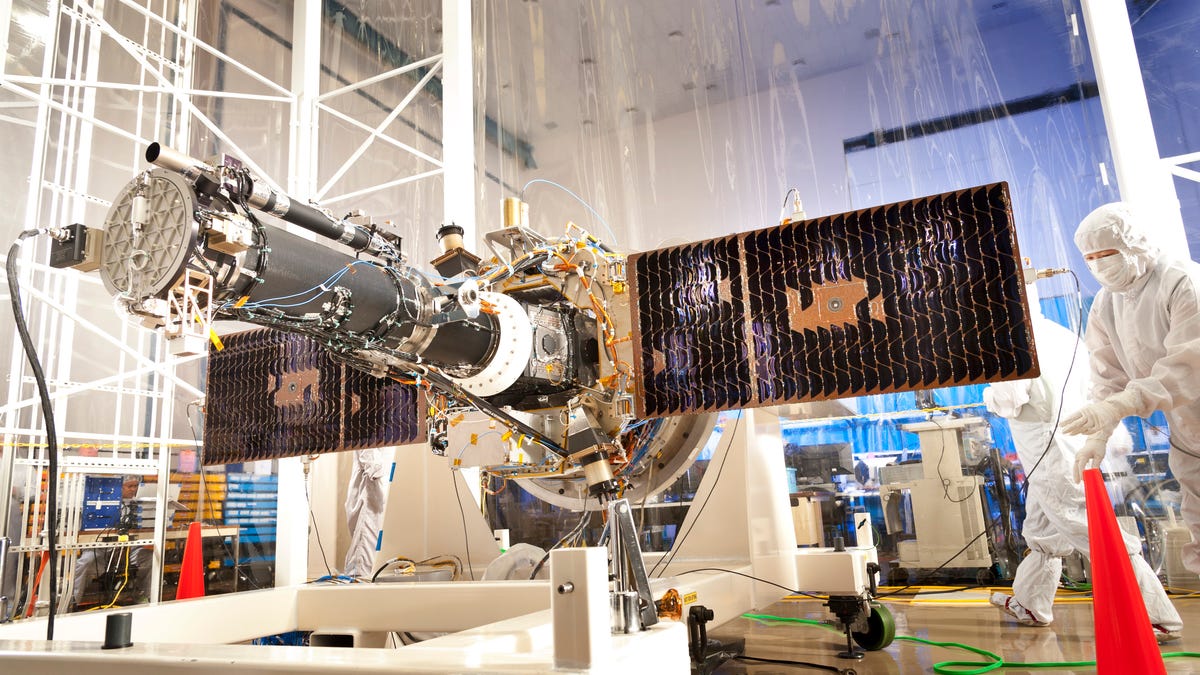NASA to blastoff solar satellite to gather images of the sun
The U.S. space agency is launching a new mission tasked with getting a better understanding the sun's ultraviolet emissions and their impact on Earth.

Despite Earthlings depending on the sun for survival, there's a lot that scientists still don't know about our solar system's star. NASA is looking to change this.
The U.S. space agency is launching a solar satellite called the Interface Region Imaging Spectrograph (IRIS) on June 26 to get a closer look at the sun's lower atmosphere. This part of the atmosphere is important because it is where most of the sun's ultraviolet emissions are generated, which are known to impact Earth's climate and the near-Earth space environment, according to NASA.
"IRIS data will fill a crucial gap in our understanding of the solar interface region [lower atmosphere] upon joining our fleet of heliophysics spacecraft," NASA IRIS program scientist Jeffrey Newmark said in a statement. "For the first time we will have the necessary observations for understanding how energy is delivered to the million-degree outer solar corona and how the base of the solar wind is driven."
For NASA, the goal of IRIS is to see how solar material in the lower atmosphere moves, gets energy, and heats up. This type of information can help scientists better understand the sun's effect on Earth and the entire solar system.
IRIS will be put in orbit around Earth for two years, circling the planet at a range of 390 miles to 420 miles above the surface. It will be strapped with an ultraviolet telescope capable of taking high-resolution images of the sun. The telescope will take detailed shots of small areas of the sun every few seconds and then beam them back to Earth.
"Imagine giant jets like huge fountains that have a footprint the size of Los Angeles and are long enough and fast enough to circle Earth in 20 seconds," said Alan Title, IRIS principal investigator at Lockheed Martin, which designed and built the satellite. "IRIS will provide our first high-resolution views of these structures along with information about their velocity, temperature, and density."

